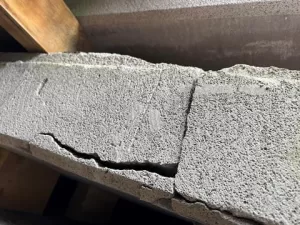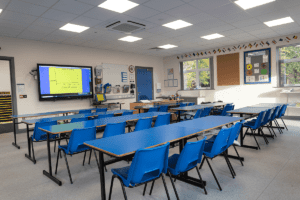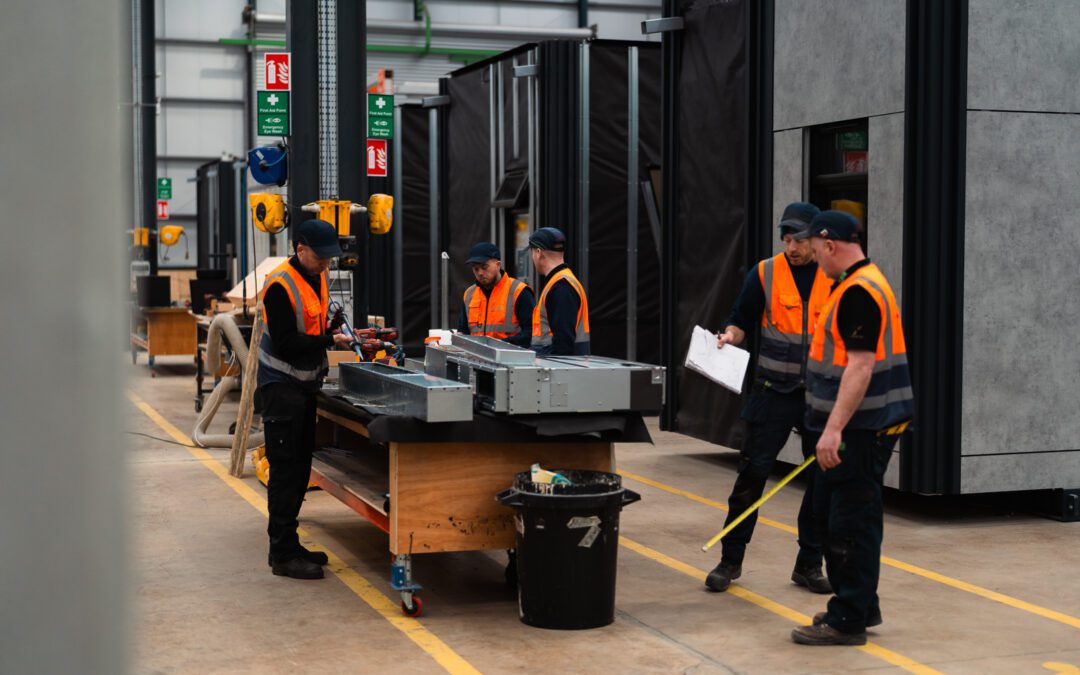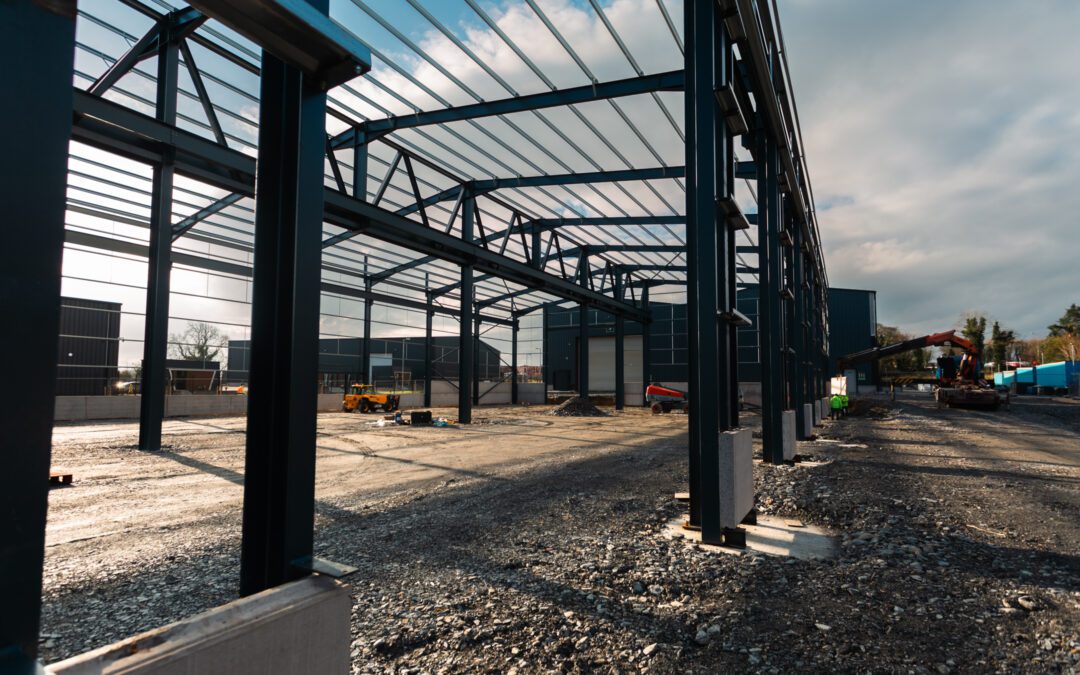RAAC is getting a lot of attention in the media as of late – and not for the best reasons. Once a ‘wonder’ material is now deemed a catastrophic epidemic, especially within the education sector.
The History
During the post-war building boom in the 1950s, ’60s and ’70s, RAAC (Reinforced Aerated Autoclaved Concrete) was heavily used. The lightweight, bubble-filled material was cheaper and about a quarter of the weight of your standard reinforced concrete, meaning it was an ideal material for shaping into pre-formed components. It would go on to be used in many UK public buildings.
The ’90s hit and the material was still widely used – however, structural engineers discovered a flaw. The material was not standing the test of time, as seen in the previous decade when buildings started failing and had to be demolished. They found that the porous, sponge-like material could absorb moisture easily, weakening the material and affecting the steel support within.
In 1996, The UK’s Building Research Establishment (BRE) issued an ‘information paper’ warning of ‘excessive deflections and cracking’. It was mentioned however, that RAAC posed no evidence to suggest a safety hazard to building users, but it could not be expected to have a useful life of any more than 30 years.
Disaster struck in 2018 when the ceiling of a school building in Kent collapsed. Thankfully, the incident occurred on a Saturday, and no one was injured. Since the summer of 2021, assessments were made of the threat to safety in school buildings as a “critical risk”, yet the spending settlement from the Treasury fell short of what was needed, and further action was not taken until the spring of 2022.

The Current Situation
The issue of squeezed school budgets, including teacher pay, has been widely reported and debated. However, coverage is rarely dedicated to the state of school buildings and the trends in capital funding for schools (money that is allocated to schools for the creation of new places, maintenance, repairs, and new rebuilding programmes). The past few months have drastically changed that.
Could Modular help?
As schools close their doors for repair and refurbishment in conjunction with the government’s ‘School Rebuilding Programme’ it poses the question – Where will the children and teachers go? It is predicted that a lot of schools will lean heavily on remote learning in the initial stage, much to parents’ dismay but modular could be the saving grace. This time-saving benefit keeps the project on schedule and speeds up construction time while still being efficient and students and teachers can get back into the classroom quicker.
These energy-efficient buildings also come with other benefits:
- Cheaper to build with less wastage than traditional methods
- Off-site controlled working environment means that waste and disruption are reduced
- Recyclable element
- Reduce noise and pollution in the neighbouring communities

As the weeks pass by, we are seeing more schools and even hospitals join the list of the ‘affected buildings’ and Modular could be the answer to this crisis.





